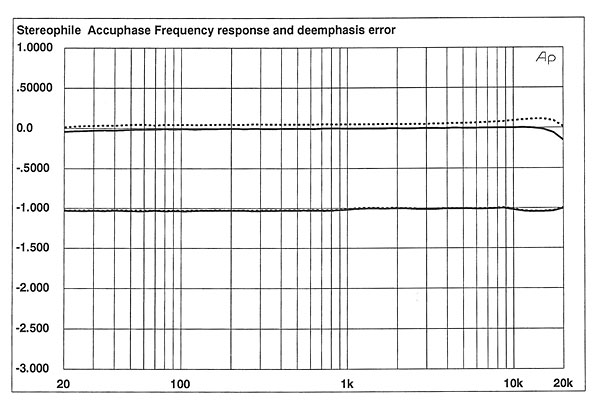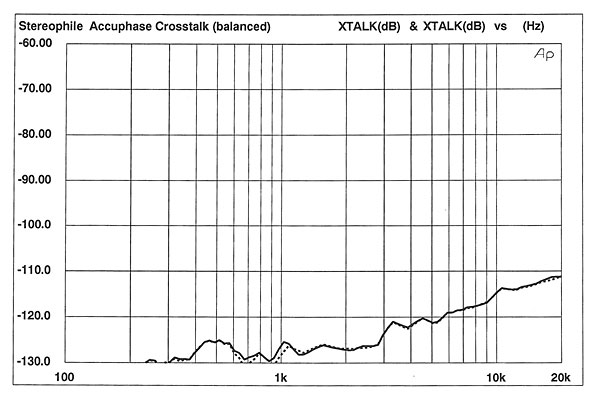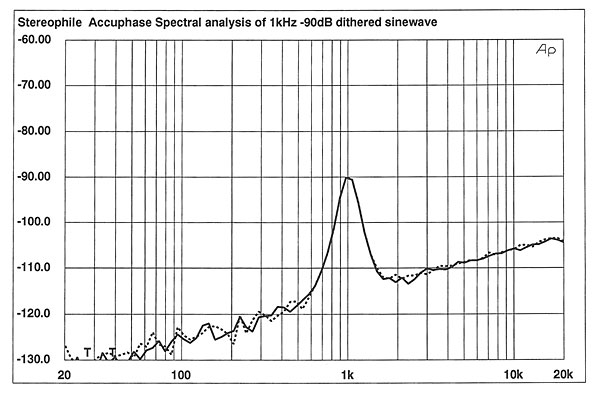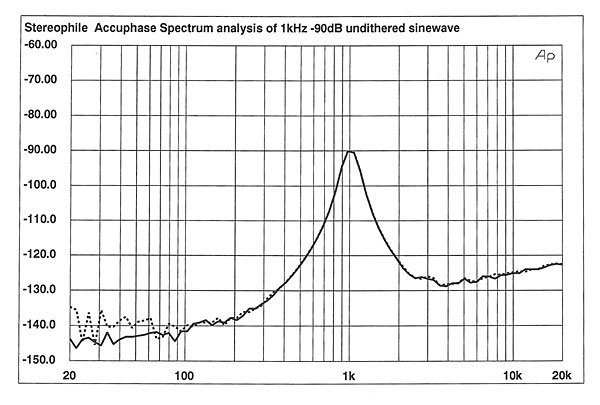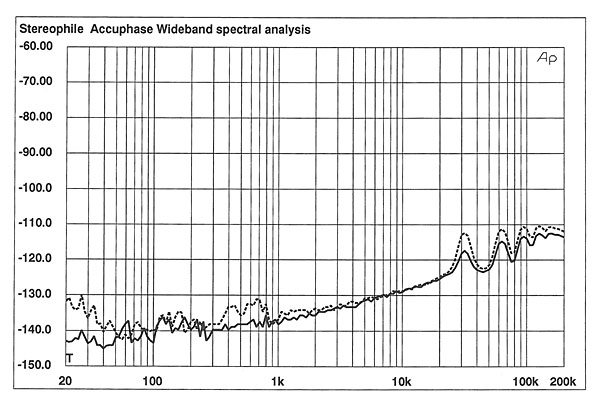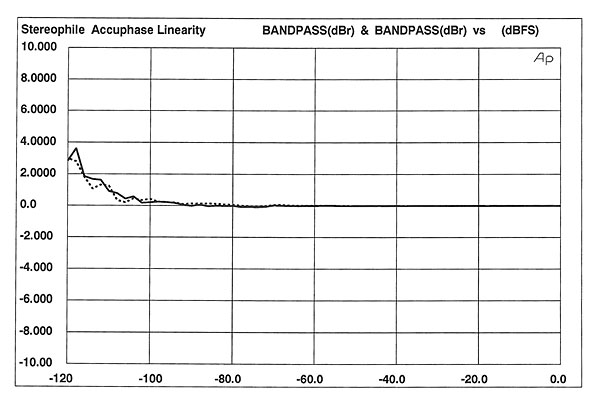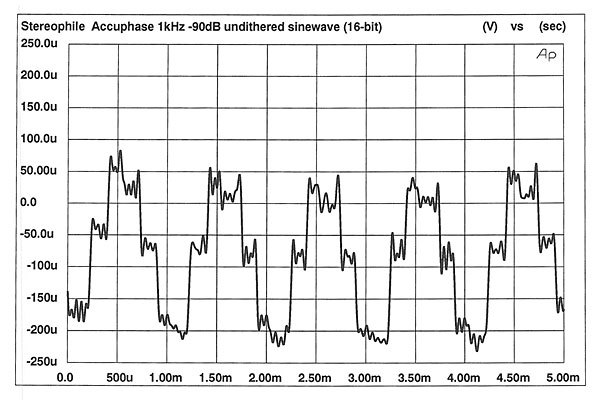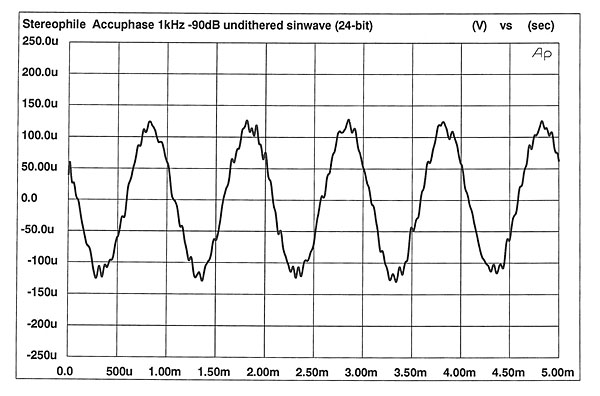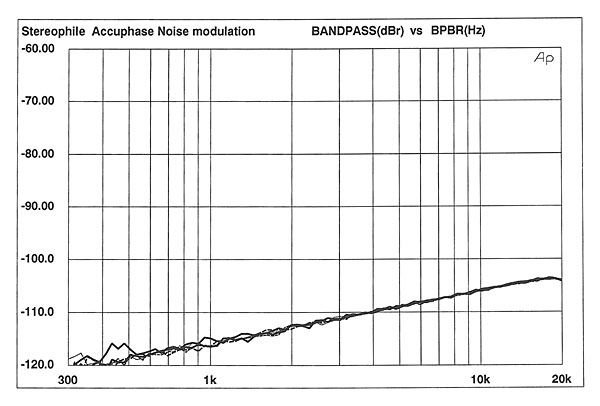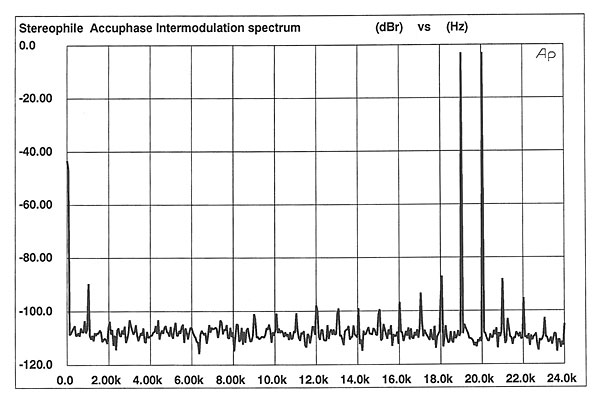| Columns Retired Columns & Blogs |
Always wanted one but did not want to dish out that kind of cash, but simply as a trophy piece, but that is what my YBA CD1a is these days so pointless considering how far computer audio has come. Still absolutely beautiful gear.
